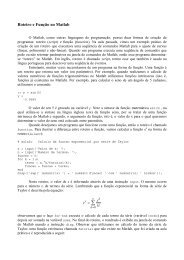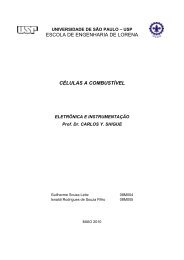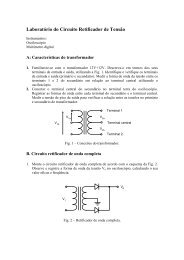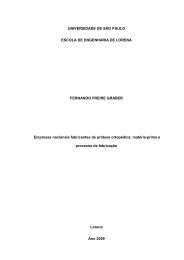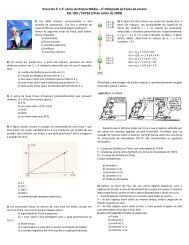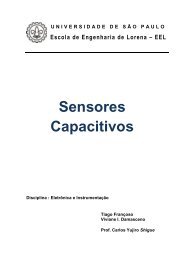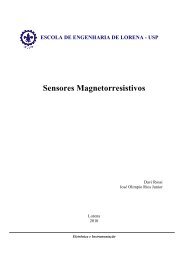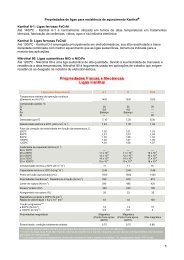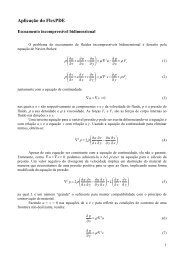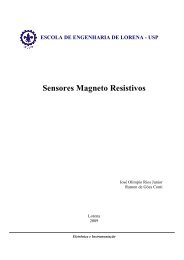SIOV Metal Oxide Varistors - DEMAR
SIOV Metal Oxide Varistors - DEMAR
SIOV Metal Oxide Varistors - DEMAR
Create successful ePaper yourself
Turn your PDF publications into a flip-book with our unique Google optimized e-Paper software.
General Technical Information<br />
1.11.2 Heavy overload<br />
Surge currents far beyond the specified ratings will puncture the varistor element. In extreme cases<br />
the varistor will burst.<br />
Excessive steady-state overload fuses the ZnO grains and conducting paths are formed with the<br />
bulk resistance of ZnO. The overload can overheat the varistor ceramic to the effect that it becomes<br />
unsoldered from the electrodes.<br />
1.12 Design notes<br />
If steep surge current edges are to be expected, you must make sure that your design is as lowinductance<br />
as possible (cf 1.7.9).<br />
1.12.1 Physical protection, fuses<br />
Due to the unpredictable nature of transients a varistor may be overloaded although it was carefully<br />
selected. Overload may result in package rupture and expulsion of hot material. For this reason the<br />
varistor should be physically shielded from adjacent components, e. g. by a suitable metal case.<br />
Fuse protection of varistors against excessive surge current is usually not possible because standard<br />
fuses are unable to quench surge currents. But fuses can offer protection against damage<br />
caused by follow-on currents. Such follow-on currents flow when a damaged varistor is in lowresistance<br />
mode and still connected to power.<br />
When varistors are operated on standard line impedances, nominal fuse currents and varistor type<br />
series should be matched as follows:<br />
Type<br />
S05<br />
CU3225<br />
S07<br />
CU4032<br />
S10 S14 S20<br />
Nominal fuse current [A] ≤ 1 ≤ 3 ≤ 6 ≤ 10 ≤ 16<br />
Type B32 B40/LS40 B60 B80/PD80<br />
Nominal fuse current [A] ≤ 50 ≤ 80 ≤ 125 ≤ 160<br />
In applications where the conditions deviate from standard power line impedances, better fuse protection<br />
of the varistor can be obtained using thermo-fuses. These thermo-fuses should be in direct<br />
thermal contact with the varistor.<br />
1.12.2 Potting and sealing, adhesion<br />
Potting, sealing or adhesive compounds can produce chemical reactions in the varistor ceramic that<br />
will degrade its electrical characteristics. Information about this is available on inquiry.<br />
1.12.3 Soldering<br />
Leaded varistors can be soldered by all conventional methods.<br />
Wave and reflow soldering are suitable for SMD varistors. Recommended temperature profiles are<br />
shown in figures 11 and 12.<br />
Siemens Matsushita Components 31


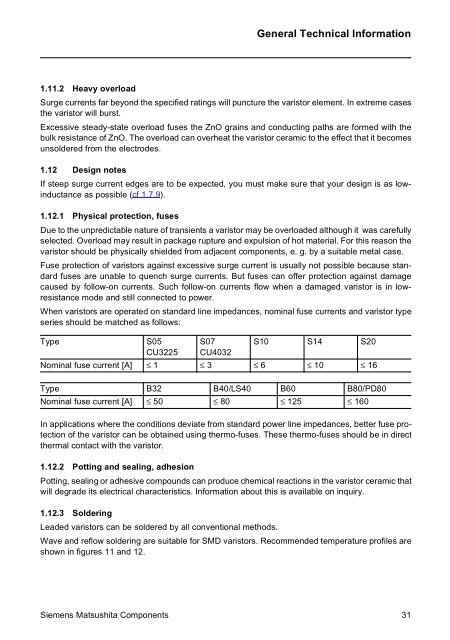
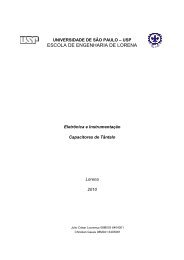
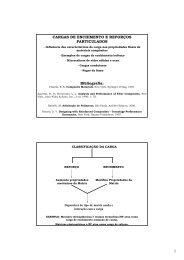
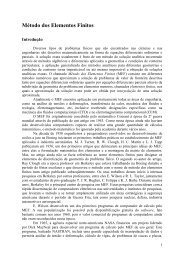
![Equações Diferenciais Ordinárias Lineares de 2ª Ordem [ ] [ ] - DEMAR](https://img.yumpu.com/43234810/1/184x260/equaaaues-diferenciais-ordinarias-lineares-de-2a-ordem-demar.jpg?quality=85)
